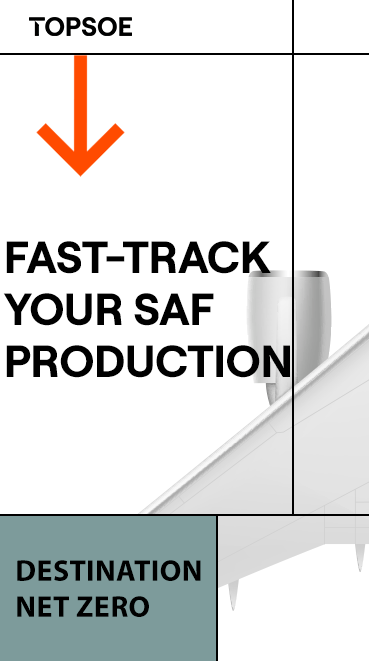West Coast summer refinery margins decline despite reduced capacity

This spring, California refinery crack spreads for gasoline and diesel dipped below average despite shrinking refinery capacity on the West Coast.
Crack spreads are the difference between refined product prices and an equivalent volume of crude oil.
The U.S. Energy Information Administration uses them as a measure to estimate refinery margins based on commodity market conditions.
The decline in West Coast crack spreads stems from growing regional gasoline inventories and the increasing use of biofuels in place of conventional, petroleum-based diesel fuels in California.
In early May, Los Angeles regional gasoline crack spreads dropped below their previous five-year (2019–’23) average for this time of year.
Los Angeles is a major pricing center for California, which is itself the largest market on the West Coast.
Most West Coast refining capacity is located in California, and market conditions in the state have a significant impact on the broader West Coast region.
Despite the long-term reductions in West Coast refining capacity, regional gasoline crack spreads have fallen since the end of April as refinery production increased after a period of seasonal maintenance and as motor gasoline consumption decreased, adding to inventories.
West Coast gasoline inventories have generally been increasing on a weekly basis since the end of April, according to EIA’s Weekly Petroleum Status Report.
West Coast motor-gasoline consumption decreased 2 percent year over year in the first quarter of 2024.
Lower gasoline consumption may reflect increasing fleet efficiency driven by increased uptake of lower-emission vehicles.
Shipments of crude oil from western Canada via the Trans-Mountain expansion may also be reducing crude-oil acquisition costs for some West Coast refiners, increasing production despite lower crack spreads.

West Coast inventories of distillate fuel oil—usually consumed as petroleum diesel—remain below the five-year low.
Low distillate inventories have supported diesel prices, which have been closer to the five-year average than gasoline.
The effect of the low distillate fuel-oil inventories on diesel prices is muted, however, because of growing renewable diesel inventories.
The West Coast is the largest destination in the country for renewable diesel, which supplements petroleum diesel but isn’t currently reflected in EIA’s weekly distillate inventory data.
The drop in West Coast crack spreads reverses recent trends on the West Coast, where crack spreads have generally been higher than the five-year average since 2022.
Regional crack spreads had reflected both higher prices globally as well as reduced production on the West Coast.
Local production is particularly important on the West Coast because limited infrastructure exists to carry additional supplies of petroleum products from other U.S. refining centers, such as the Gulf Coast.
Annual average flows of refined petroleum products to the West Coast from elsewhere in the United States have grown 40 percent since 2010.
Annual interregional movements to the West Coast reached a record 482,000 barrels per day (b/d) in 2023, and the Gulf Coast and Midwest accounted for a combined 80 percent of all transfers into the West Coast that year.

The increase in transfers from other regions reflects the West Coast’s shrinking refinery capacity.
The West Coast lost 285,000 b/d of refinery capacity following the closure of Marathon’s Martinez 161,000-b/d refinery in 2020 and the gradual decommissioning of capacity at Phillips 66’s Rodeo refinery, which announced it had officially ended petroleum refining operations early this year.
The West Coast now has 10 percent less refinery capacity than it had in 2019.






















-RKstandin.jpg)
_gif.gif)




